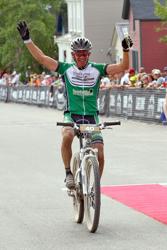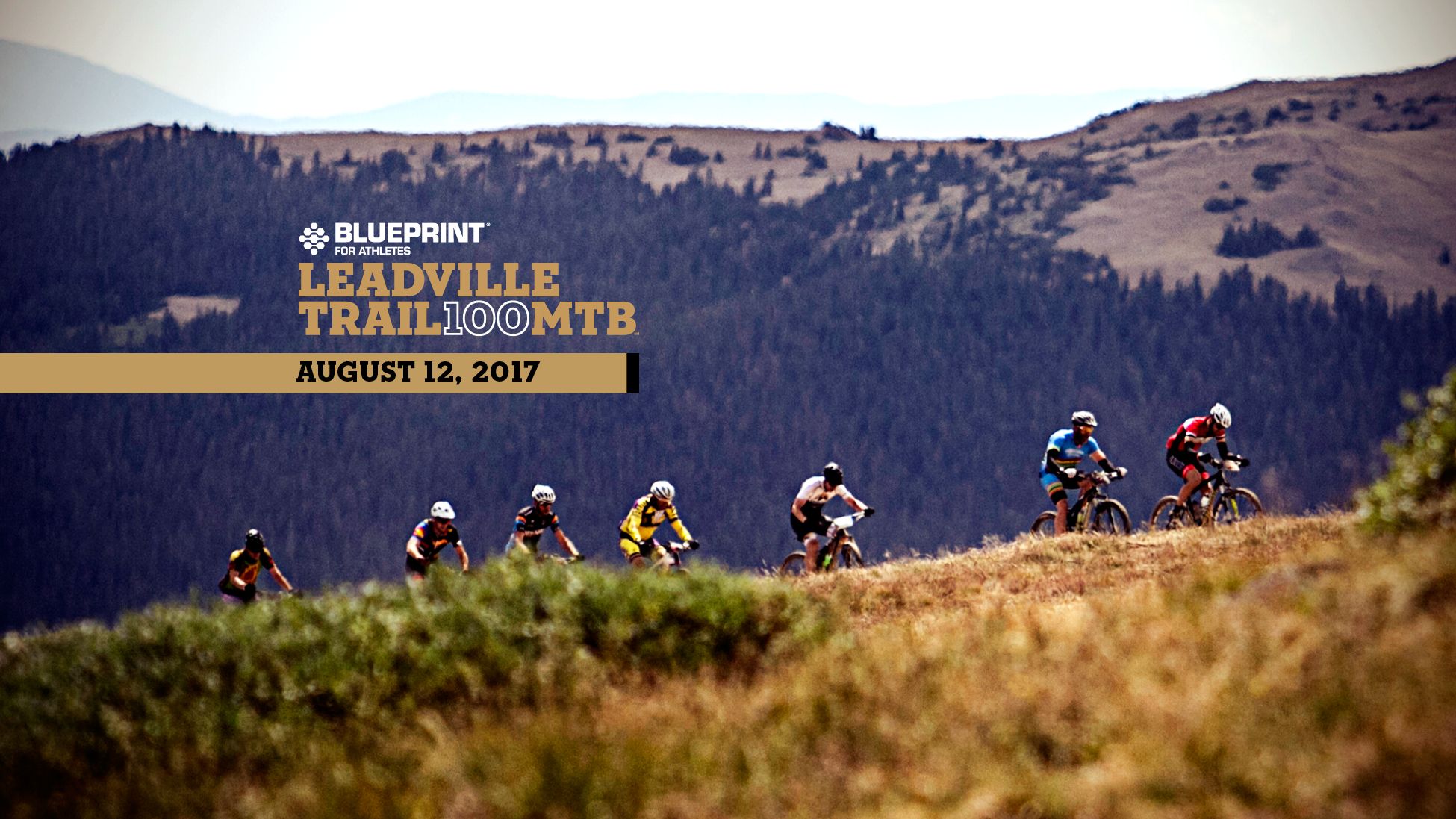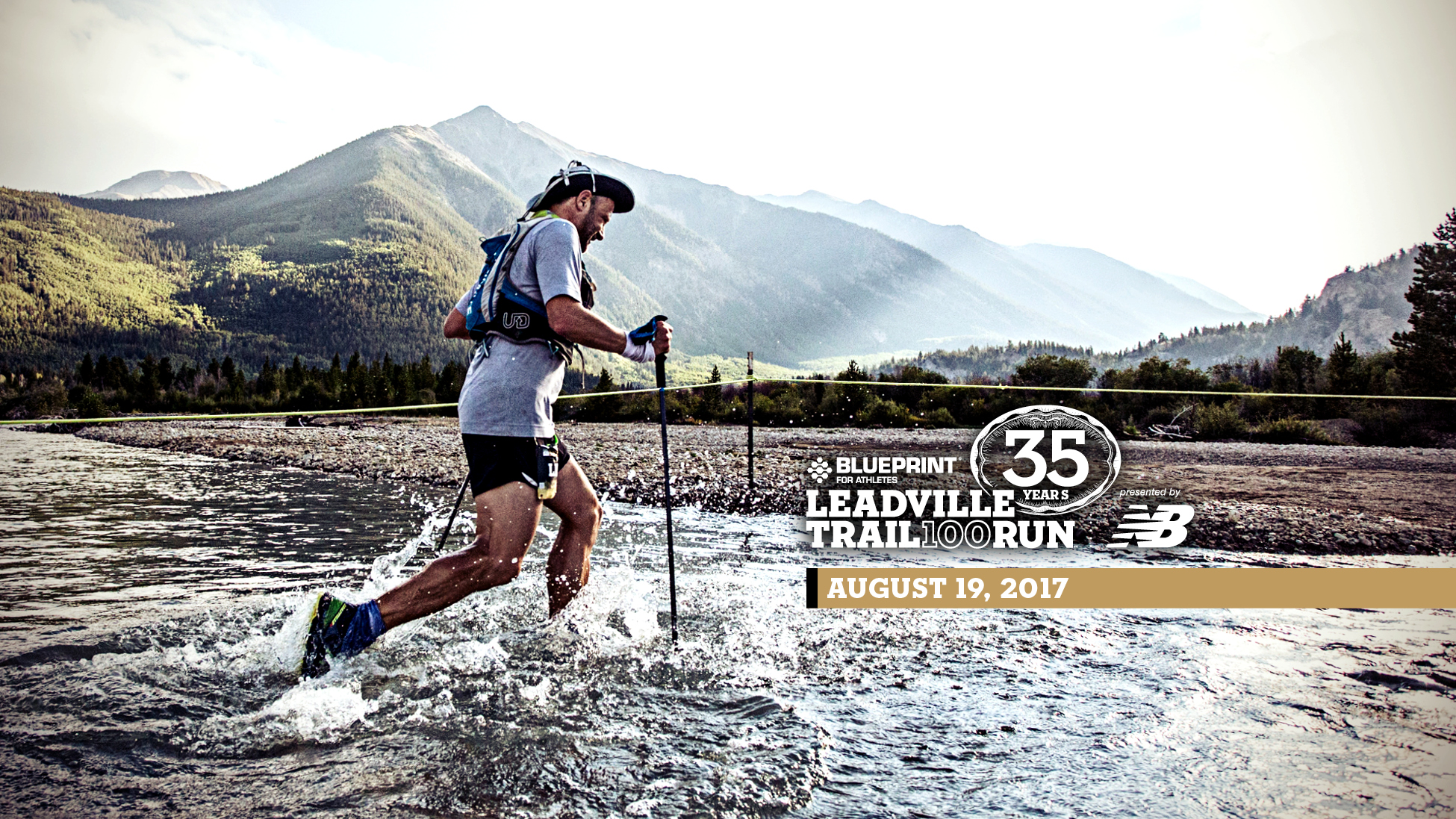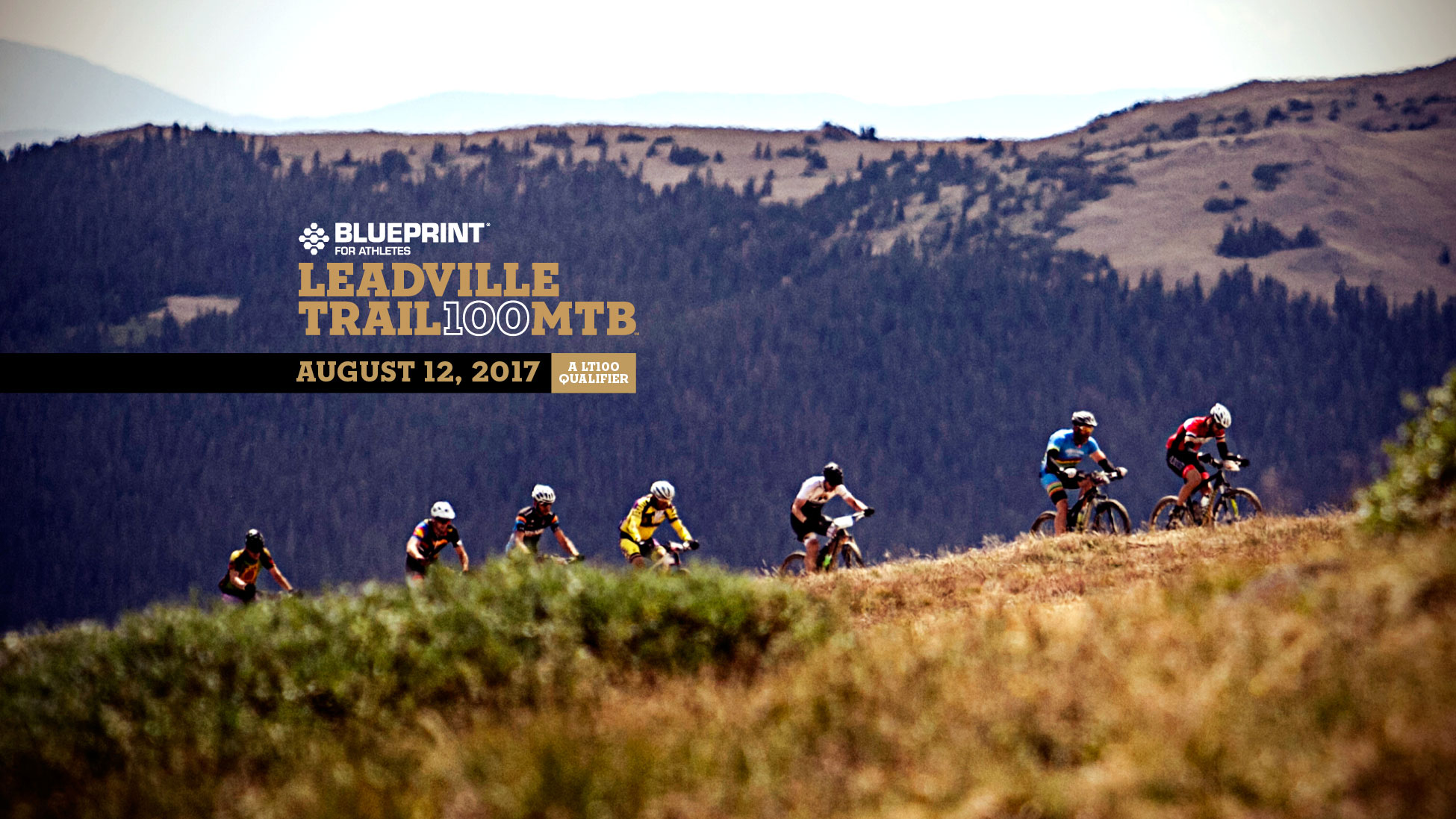
Face of the Race: Ty Hall
 At first glance, Ty Hall is living the life. As the owner of Leadville’s Tennessee Pass Nordic Center, Cookhouse and Sleep Yurts, he’s poised to take full advantage of Colorado winters, then spends each spring traveling with his wife to compete on the mountain bike.
At first glance, Ty Hall is living the life. As the owner of Leadville’s Tennessee Pass Nordic Center, Cookhouse and Sleep Yurts, he’s poised to take full advantage of Colorado winters, then spends each spring traveling with his wife to compete on the mountain bike.
But in the last couple of years, a series of mysterious health challenges has thrown him for a loop. Through it all, Ty has continued to push the pedals as much as possible, and is now looking forward to his 13th Leadville Trail 100 this August.
You’ve been up against a succession of health challenges recently: chronic pancreatitis, followed by the discovery of a benign brain tumor, and then knee surgery.
The last year and half has been kind of tough. The summer before last I started feeling poorly during my riding and racing season. We couldn’t figure out what was wrong, even after a huge barrage of tests. I was feeling awful but raced the LT100 (it was the 10th year for both my wife, Roxanne, and me, and we rode with another friend, Dave Bott). The Monday after the race, I had my gall bladder removed, but I still was not feeling well.
The doctors continued to do scopes and check everything they could, and in the winter, finally discovered that I have chronic pancreatitis. It’s a disease [inflammation of the pancreas that does not improve] that runs in my family, and I have to be careful about what I eat and limit alcohol intake. I get a lot of stomach pain, and pain in my back. I kept trying to race and it wasn’t working. I finally started to get the chronic pancreatitis under control, and am managing it now – it will never go away.
I finished up an awesome summer of racing in 2012, then around October I started getting vertigo. I was doing one ride and couldn’t stay on the singletrack because I was so dizzy. Doctors did an MRI in November and found a tumor — called a vestibular schwannoma — on the right side of my brain in an area that controls balance and affects hearing. The surgery to completely remove the tumor would be so damaging that I’d instantly lose my hearing on the right side, and it would take a year to recover from the balance issues because the surgery would damage the nerve.
This scared me because it would greatly affect all my activities: mountain biking, racing, and skiing. So I chose radiation, which has had good success — other than side effects — of preventing the growth of these tumors. It stops the tumor in its tracks, but doesn’t remove it. I underwent the radiation in December and January at the University of Colorado. I think it worked, because the dizziness has gone away.
Following the radiation, I wanted to do a winter mountain bike race, but I couldn’t finish. I was shaking so badly and was so weak. I started to realize that the radiation was more intense than I thought. But I kept trying to race, and the next race was a little better. Finally in March I finished a race. I wasn’t super fast, but I was getting better. I kept riding this winter on the fat bikes and hoping to pedal all that crap out of my system, and just get the blood moving, and I think I did. I’m really feeling so much better this spring.
How did you sustain the injuries that led to your knee surgery?
I was out skiing in the trees with my brother, who was leaving for Afghanistan the next day. I tore the meniscus and MCL in my left knee. I couldn’t believe it. I thought, you’ve got to be kidding me — now I’ve got to have knee surgery? Early May was six weeks after my knee surgery and the doctor said everything looked good and gave me the clearance to ride.
Will this change the way you approach Leadville this year?
This summer I’m doing a fundraiser for the National Pancreas Foundation. It’s giving my race a different focus and a little more purpose this year. When you race so long and as much as Roxanne and I have — and at the level we like to race it takes lot of time and commitment — it’s so nice to have the renewed motivation of raising funds for this cause. A lot of people with the disease couldn’t do what we do.
What do you do during the Leadville winters to stay in shape?
To be honest, not much. We get on the trainer every now and then — once a week, maybe. We ride fat bikes. Leadville has a winter mountain bike series, so we do a couple races here and there in the winter. We cross-country ski, but we’re so busy with the Cookhouse and Nordic Center that we have to spend all our time working.
Then, during the shoulder season, there’s crappy snow. You can’t hike or drive to the Cookhouse yet, but you can’t ski anymore either. It’s awesome because that’s the time we can throw our bikes on the van, drive off and race nearly every single weekend. We go from nothing to prime racing shape by racing.
How did you get into the Nordic center/cookhouse/yurt business?
We’ve been doing that now for 18 years. My skiing background led me to the ski resort management program at Colorado Mountain College, and then I got my bachelor’s in business administration at Western State in Gunnison. I met Roxanne in college, then we got married senior year and wanted to stay in Leadville. At the time, there weren’t many jobs in Leadville, so we had to create our own. Roxanne taught art at an intermediate school, and we lived on that salary — which was pathetic.
Then we started the Nordic Center out of a desire to want to stay here. There was a guy who owned the Nordic Center, but it wasn’t much. We bought the whole thing for less than $5,000. It was an opportunity to get some trails going, but at the time we didn’t have this massive vision and plan. We just thought, here’s a chance to do something and build on it.
Your wife, Roxanne, was struck by a car and suffered serious injuries in 2008. How has her experienced helped you endure your recent struggles?
Roxanne was training for the LT100 and on a road bike ride, riding the triangle from Leadville to Copper to Vail. A girl went off the road and caught her from behind going 50 to 60 miles per hour. Roxanne’s back was broken in five places, she had burst fractures, internal bleeding, and just so many injuries.
Watching her go through what she did — the year of physical therapy, visiting different doctors — I realized her determination, her will to keep going and get back on the bike. She wasn’t going to dwell on what just happened; she was going to just get on and start pedaling again. As soon as she was out of the hospital, we put her on a wind trainer in the garage. She was determined.
That’s what you do: Keep trying. Nothing will ever be the same; it’s just a new normal now.
How many times have you raced the LT100? Is there a year that is particularly memorable?
I’ve raced 12 times and completed 11. I definitely would say the 10th year was definitely the coolest year for Roxanne and me and Dave Bott. It was cool to go and ride the race and not try to kill myself in sub-eight hours. I was so psyched that day and talked to a lot of people on the trail. I’ve always been one to go out and hammer, then cross the finish line completely spent. But to ride as a group and get a chance to talk was a really memorable thing.
Do you have a tried-and-true way to stay fueled for the 100 miles?
It’s definitely one of the things that you learn over time. In the first couple of years I didn’t know how to eat or what to eat. Tried-and-true is obviously different for everybody. For me, I use a lot more real, natural food, like bananas, half a turkey sandwich, Fig Newtons. Roxanne makes this awesome banana bread. I like things that are softer, easy to chew. One year I tried eating all “science” food and it made me sick, but I do like a gel with caffeine at the end, getting over Sugarloaf.
I also use Hammer Perpetuem. The hydration is so important, but a lot of that comes beforehand, several days before making sure you’re really topped off and hydrated. Keeping up during the race is super important.
What are your favorite spots along the course?
My favorite part is going down Sugarloaf on the way out. I like Columbine, too, going down. I tag the top of Columbine and think, “Now you just have to go home.” And I try to get home as fast as I can from there.



